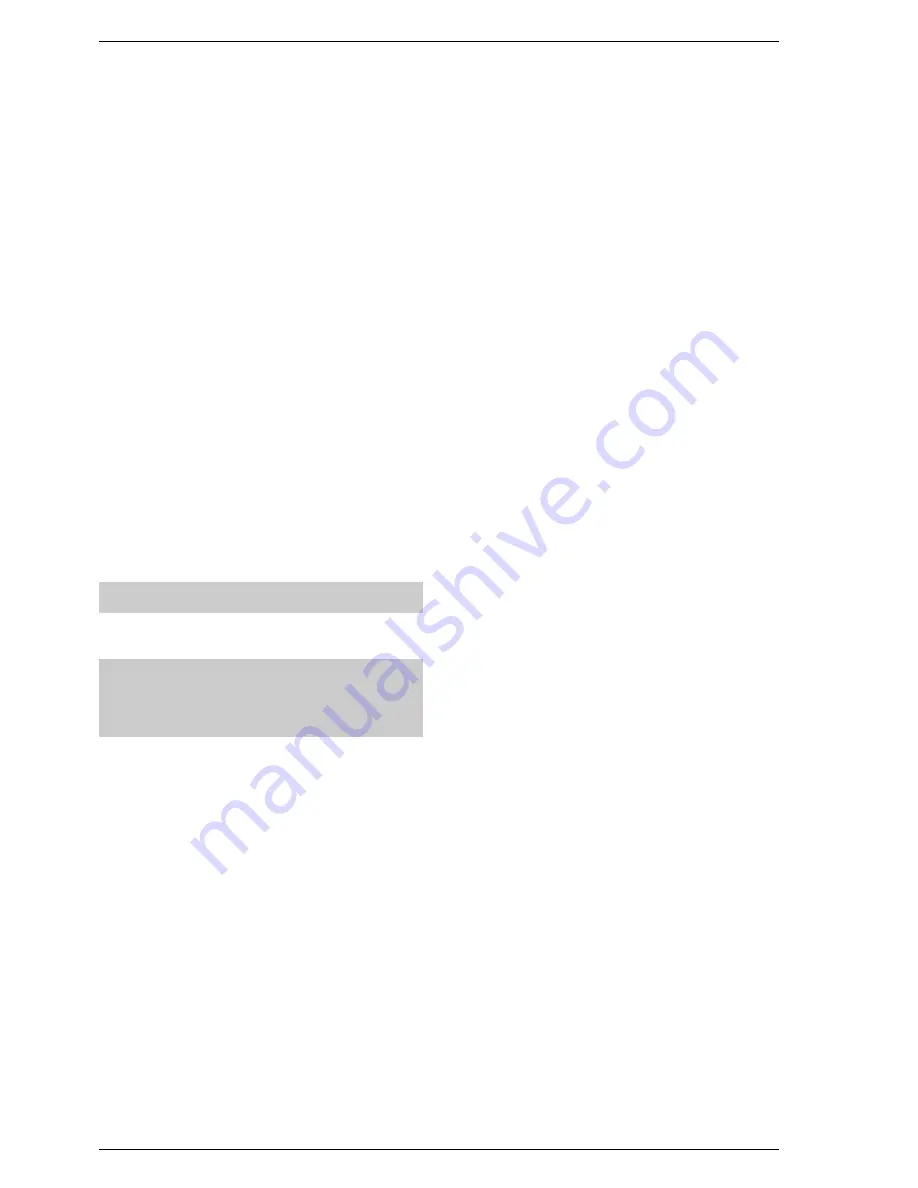
13
2.9.1
Pump
The available head shown in fig. 5 is that in excess of the
appliance hydraulic resistance, i.e. that available for the
system at any given heating load up to the maximum output in
C.H. mode. Never reduce the pump speed below maximum as
this will reduce D.H.W. output. The pump speed is indicated on
the side of the pump speed selector switch (if fitted).
2.9.2 System volume (total water content)
The following Table gives the maximum system volume that
the integral expansion vessel can sustain under different
charge pressure conditions.
If the system volume exceeds that shown, an additional
expansion vessel must be fitted and connected to the heating
system primary return pipe as close as possible to the
appliance.
If an extra vessel is required, ensure that the total capacity of
both vessels is adequate. Further details are available in the
current issues of BS5449 and BS6798.
NOTE: If the pressure gauge indicates 2.65 bar or greater
when the appliance is at maximum temperature with all
radiators in circulation an extra expansion vessel is
required.
2.9.3 Pressure gauge
A pressure gauge is mounted on the appliance facia panel.
2.9.4 Safety valve
A safety valve set at 3 bar (43.5 psi) is fitted to the appliance
and a discharge pipe is routed to outside of the appliance.
This discharge pipe should be extended to terminate safely
away from the appliance and where a discharge would not
cause damage to persons or property but would be detected.
The pipe should be able to withstand boiling water, be a
minimum of 15 mm in diameter, and installed with a
continuous fall.
2.10
D.H.W. SYSTEMS
– Check that the mains supply pressure is within the
prescribed limits (1.3 point).
If necessary, a pressure reducing valve should be fitted to
the mains supply before the D.H.W. inlet connection.
– A maximum D.H.W. flow rate of:
11.4 l/m (3.0 gpm) for
“FORMAT 80 B”
and 14.7 l/m (3.9
gpm) for
“FORMAT 100 B”
is recommended.
Higher flow rates will not damage the appliance but may
lower the water temperature below an acceptable level.
– If the appliance is installed in an area where the temporary
hardness of the water supply is high, say over 150 ppm,
the fitting of an in line scale inhibitor may be an advantage.
Consult the Local Water Undertaking if in doubt.
– Devices capable of preventing the flow of expansion water:
e.g. non return valves and/or loose-jumpered stop cocks
should not be fitted unless separate arrangements are
made for expansion water.
– For specific information relating to fittings (eg. Showers,
washing machines etc.) suitable for connection in the
D.H.W. circuit, consult the Local Water Undertaking,
however the following information is given for guidance.
2.10.1 Domestic hot/cold water supply
taps and mixing taps
All equipment designed for use at mains water pressure is
suitable.
2.10.2 Showers
Any
WRAS
approved shower suitable for the mains water
pressure available may be used.
A loose or flexible shower head type may require the fitting of
an anti-syphon device to comply wth water by-laws.
2.10.3 Bidets
Providing that the appliance is of the over-rim flushing type,
the outlets are shrouded and it is impossible to attach a
temporary hand held spray, no anti syphonage device is
necessary.
Vessel charge and initial system
pressure
Total water content of system
using 8 l (1.76 gal) capacity expan-
sion vessel supplied with appliance
For systems having a larger capaci-
ty multiply the total system capacity
in litres (gal) by the factor to obtain
the total minimum expansion vessel
capacity required litres (gal)
bar
psi
l
gal
0.5
7.3
96
21.1
.0833
1.5
21.8
51
11.2
.156
1.0
14.5
74
16.2
.109
TABLE 6
Summary of Contents for Format B
Page 3: ......
Page 34: ...COD TYPE DATE PAGE 3820086 318 FORMAT 80B 100B 26 04 2007 1 4 34 9 EXPLODED VIEWS ...
Page 39: ......














































